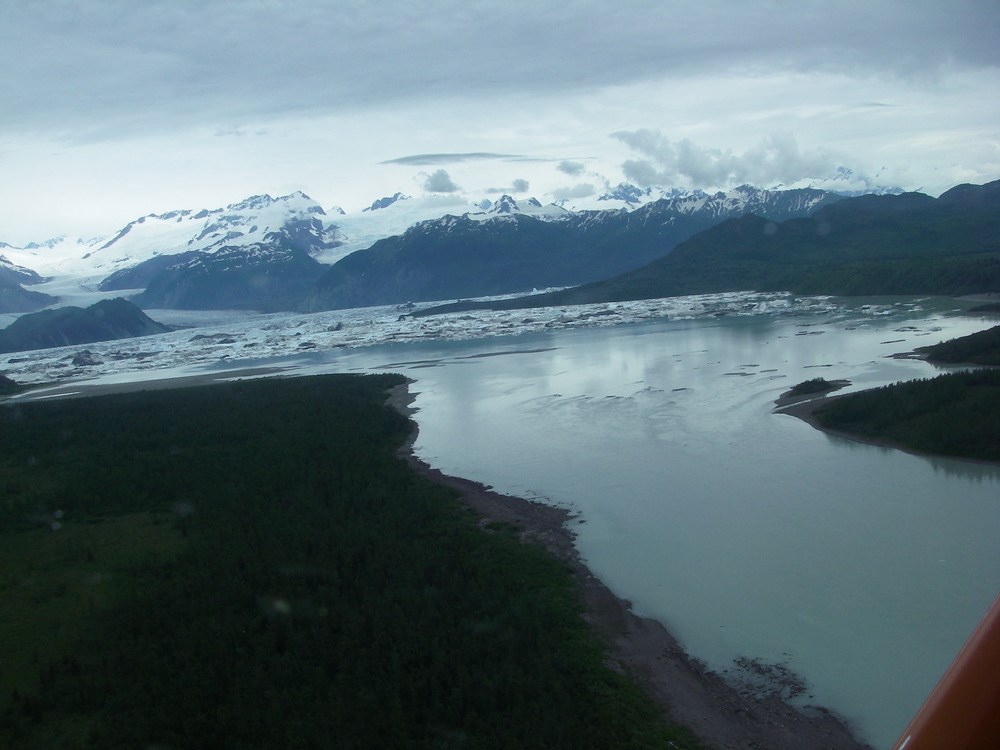Part of a series of articles titled Crystal Clear: A Call to Action.
Article
Crystal Clear: Studying Mercury Deposition and Water Quality in Alaska

NPS Photo
Background
Little is known about mercury contamination in southern Alaska, even though evidence indicates that the region is accumulating this toxin from atmospheric deposition or from animals such as salmon that may bring mercury from distant sources in their tissues. In 2007 University of Alaska Southeast researchers and collaborators conducted a contaminant study of mercury distribution in water, sediment, macroinvertetebrates, and juvenile coho salmon. They determined that streams draining older, wetland-rich landscapes generally had higher total mercury and methylmercury concentrations than young, glacier-fed or recently deglaciated streams. For the 2009–11 study, researchers aimed to evaluate the temporal dynamics of mercury in three adjacent streams draining different landscape types—peatland-rich, peatlandforest mixed, and forest or meadow only. The main objectives of this study were: (1) Analyze water, sediment, and biota of three streams in Glacier Bay National Park and Preserve and assess differences in mercury and methylmercury among the streams; (2) Measure the temporal variation of total mercury and methylmercury in the streams over an annual time period; and (3) Develop detailed baseline water quality information for three streams for comparison with future contaminant monitoring.Results
Twenty water samples were collected from 2009 to 2011 and processed and analyzed for total mercury and methylmercury and dissolved organic carbon quantity and quality. Stream-water parameters (discharge, pH, dissolved oxygen, specific conductance, and temperature) were measured at the time of sampling. Total mercury was analyzed in streambed sediment in 2010 and in juvenile coho salmon and several taxa of benthic macroinvertebrates in the early summer of 2010 and 2011. The park will use these baseline data to monitor the effects of continued mercury deposition over time as well as the effects of climate change and other shifting conditions in the basin. Having a strong set of baseline conditions will inform future management decisions not only in these three basins but throughout the park.Last updated: November 8, 2018
